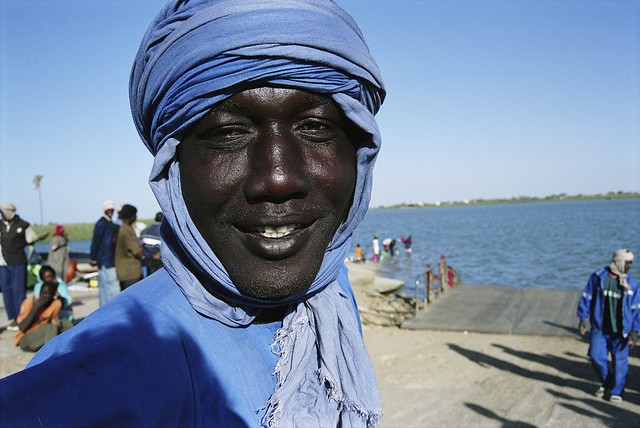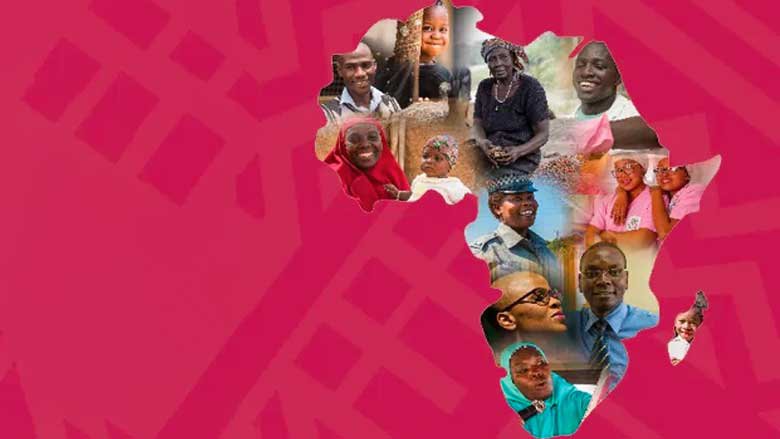Burkina Faso is a low-income, landlocked Sahelian country with limited natural resources. Its economy is primarily based on agriculture and mining, particularly gold production. More than 40% of the population lives below the national poverty line. According to the 2023–2024 Human Development Index (HDI) report published by the United Nations Development Programme (UNDP), Burkina Faso ranks 185th out of 193 countries.
Political context
Following the September 30, 2022 coup d’état that ousted Lieutenant Colonel Paul-Henri Damiba, Captain Ibrahim Traoré was sworn in as transitional president on October 21, 2022. The Transition Charter was revised and adopted on May 25, 2024. Under the new provisions, the transition period has been extended by five years starting July 2, 2024.
Since 2015, Burkina Faso has faced recurrent terrorist attacks that have caused large-scale population displacements. While fewer than 50,000 internally displaced persons (IDPs) were recorded in January 2019, that number had risen to 2.01 million as of March 30, 2023—the latest available data—according to the United Nations Office for the Coordination of Humanitarian Affairs (OCHA).
The health and education sectors have been severely affected. As of December 2024, 424 health facilities—just over 20% of the total—had been impacted, restricting access to care for approximately 4 million people. In addition, as of March 31, 2024, a total of 5,319 primary and secondary schools had been closed, representing 20.45% of all educational infrastructure. This has disrupted the education of 818,149 students, including 394,293 girls.
On September 16, 2023, Burkina Faso, Mali, and Niger formed the Alliance of Sahel States (AES) to coordinate their efforts in the fight against terrorism. On January 28, 2024, the three countries also announced their withdrawal from the Economic Community of West African States (ECOWAS), citing a lack of solidarity in addressing regional security challenges. In March 2025, they declared their withdrawal from the International Organisation of La Francophonie (OIF).
Economic overview
GDP growth is estimated at 4% in 2024 (1.7% per capita), driven by the services and agriculture sectors. Services were the main engine of growth, contributing 2.6 percentage points (pp) to overall GDP growth, thanks to strong performance in public administration services, retail trade, transport, and repair services. Agriculture contributed 1.6 pp to GDP growth, supported by favorable weather conditions, expanded cultivated areas, the development of lowlands for rice farming, the return of some farmers to previously abandoned lands, and active government support.
In contrast, the secondary sector negatively impacted growth due to a decline in gold production. This was caused by the closure of the Boungou mine and reduced output at other mining sites, primarily due to security and logistical challenges.
Following a sharp decline in inflation to 0.7% in 2023, inflation surged to 4.2% in 2024, driven by supply chain disruptions related to insecurity and price speculation triggered by a delayed start to the rainy season. Despite the higher inflation, robust growth in the agriculture and services sectors led to a 1.8 pp drop in the extreme poverty rate, which fell to 24.9%.
The fiscal deficit improved from 6.5% of GDP in 2023 to 5.6% in 2024, thanks to reduced expenditures and strong revenue mobilization. The deficit is expected to be financed mainly through borrowing on the regional market, where Burkina Faso is facing significantly higher interest rates—exceeding 9% for 12-month Treasury bills. Although debt refinancing needs are high, the risk of debt distress remains moderate.
Medium-Term Outlook
Assuming improvements in security, favorable weather conditions, and a stable political environment, growth is expected to reach 5% by 2027. Mining production is projected to increase, while growth in the agriculture and services sectors should remain strong.
The government remains committed to a fiscal consolidation strategy, although spending needs remain high. Public debt as a percentage of GDP is expected to decline gradually through 2027. Inflation is also projected to decrease in line with the resilience of the agriculture sector and to fall within the West African Economic and Monetary Union (WAEMU) target range starting in 2025. Moderate growth projections and lower expected inflation should allow for a gradual reduction in poverty of about 1 pp per year through 2027.
The economic outlook is subject to significant risks, including a worsening security situation, climate shocks, debt refinancing challenges, vulnerabilities in the financial sector, and regional fragmentation. On the other hand, reforms aimed at enhancing domestic resource mobilization and improving the business climate—particularly in the energy sector—could boost growth potential.
Last Updated: Mar 26, 2025











